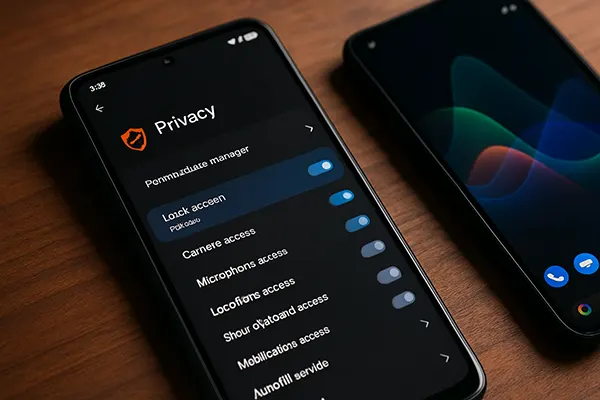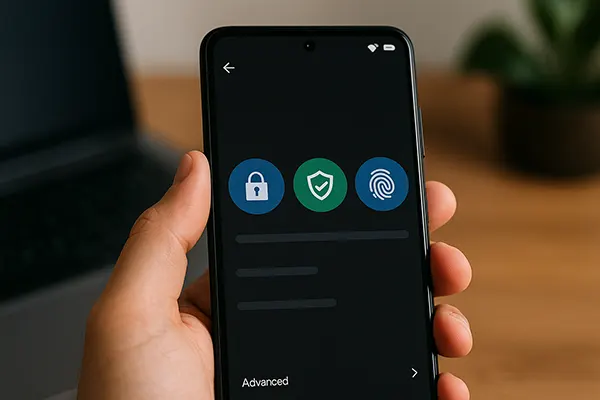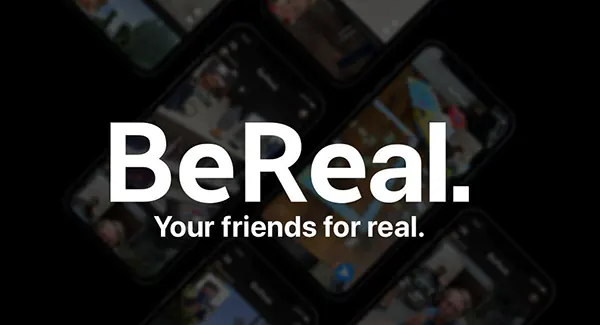
Next-Gen Operating Systems: How GrapheneOS and CalyxOS Are Reshaping Android Security
In a digital landscape dominated by mass data collection and surveillance, users are becoming increasingly concerned about their privacy on mobile devices. Android, while flexible and customisable, has faced criticism for its security vulnerabilities and pre-installed tracking services. In response, privacy-focused operating systems like GrapheneOS and CalyxOS have emerged, offering more secure alternatives to stock Android.
Privacy-Centric Android Forks: A Shift in Paradigm
GrapheneOS and CalyxOS represent a transformative approach to mobile security, reengineering Android to protect user data at its core. Unlike many custom operating systems, these alternatives are not simply aesthetic overlays; they fundamentally alter the way Android handles permissions, encryption, and system integrity.
GrapheneOS is often hailed for its hardened security model. It builds on the Android Open Source Project (AOSP) and strips out non-essential components that can be exploited. This OS is geared towards users who demand the highest possible security without compromising usability.
CalyxOS, in contrast, is designed for privacy-conscious individuals who value a balance between convenience and control. It includes pre-installed tools like the Signal messenger and the Tor browser, allowing secure communication out of the box. Its updates are verified with reproducible builds, ensuring integrity and transparency.
Key Differences in Design and Philosophy
One of the most notable differences between GrapheneOS and CalyxOS lies in their target audiences and design goals. GrapheneOS is tailored for advanced users, cybersecurity experts, and developers who prioritise tight security policies. It forgoes common conveniences to reduce the attack surface drastically.
CalyxOS, on the other hand, adopts a more user-friendly approach. It includes microG—a free and open-source replacement for Google services—enabling functionality without giving up privacy. This makes CalyxOS more approachable for average users transitioning away from traditional Android systems.
Despite their differences, both systems avoid proprietary Google apps, giving users full control over what services run on their device. Updates are provided directly from the developers, ensuring faster patches for security issues compared to mainstream OEMs.
Security Architecture and Threat Mitigation
GrapheneOS employs memory-safe languages and uses compiler-based hardening techniques to prevent common exploits such as buffer overflows. Features like hardened_malloc and extensive sandboxing add multiple layers of defence, making it exceptionally resilient to remote code execution attacks.
CalyxOS also prioritises security, although with slightly less emphasis on extreme hardening. It integrates verified boot mechanisms and full-disk encryption by default. App sandboxing ensures that one compromised application cannot access data from another, maintaining compartmentalised protection.
Both systems benefit from the security updates provided by AOSP but extend this base with their own patches. In practice, this means that a GrapheneOS or CalyxOS user is often more up-to-date with critical security patches than a user of a flagship commercial Android device.
Application Ecosystem and Compatibility
GrapheneOS encourages using apps from trusted sources like F-Droid or the Aurora Store, and even supports sandboxed Google Play services for those who need specific apps without compromising system-level privacy. This allows users to run essential apps while restricting their access to device data.
CalyxOS takes a more liberal approach, making it easier to integrate existing app ecosystems. It supports microG for compatibility with many Google-dependent applications, enabling users to receive push notifications and use navigation tools without Google’s proprietary software stack.
While app compatibility may vary, both systems are viable for everyday use. However, users migrating from traditional Android should expect some limitations, especially regarding apps with heavy dependency on Google APIs or DRM-protected services.

Long-Term Viability and Community Support
GrapheneOS is maintained by a small team of security professionals and is heavily community-driven. Its open-source nature allows external audits and peer review, which is critical for maintaining high security standards. The project receives donations and is backed by contributors who align with its mission.
CalyxOS is a product of The Calyx Institute, a non-profit organisation committed to privacy rights. Its development is also open-source, and it benefits from a wider user base thanks to its usability. The institute also promotes privacy awareness, which supports the system’s long-term sustainability.
As of 2025, both GrapheneOS and CalyxOS remain actively developed and updated. While they might never reach mainstream adoption, they serve a crucial role in providing secure alternatives for journalists, activists, developers, and privacy enthusiasts.
Which OS Is Right for You?
The choice between GrapheneOS and CalyxOS ultimately depends on individual priorities. If your focus is on maximum security and you are comfortable with a steep learning curve, GrapheneOS is likely the better fit. It is ideal for users who treat mobile security as a non-negotiable requirement.
For users seeking a smoother transition from mainstream Android while still valuing privacy, CalyxOS offers a more balanced experience. Its inclusion of user-friendly tools and support for microG makes it easier to adopt without sacrificing key features.
In either case, switching to a privacy-focused operating system is a significant step towards regaining control over your personal data. As awareness grows, these systems may influence broader trends in mobile OS design and user expectations.




